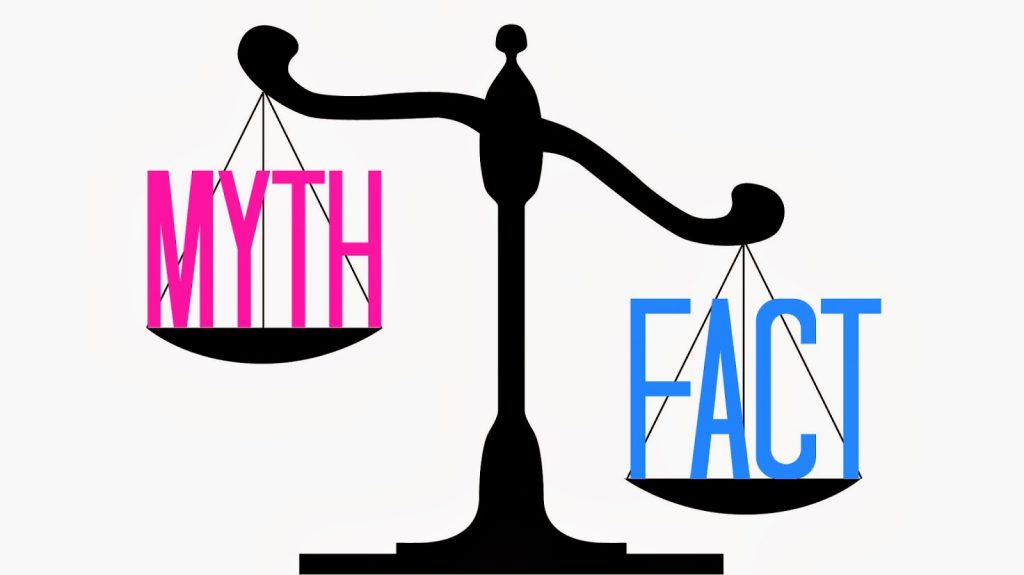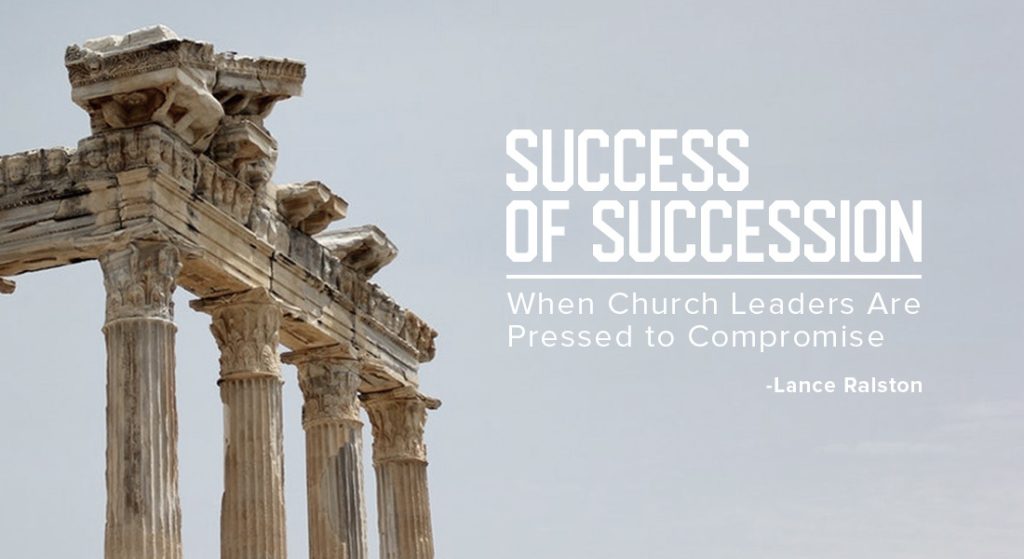Repeating from Part 1 …
In August of 2023, several articles appeared in various online news sources propagating the idea that not only was Jesus not who historic Christianity claims He is but that He did not exist at all. The articles appearing on different sites and written by different authors shared the same information. A disinformation campaign was at work.
What follows is a brief rebuttal to the articles. Each of them presented five assertions in the idea that the Jesus of the New Testament never existed. After a seven-paragraph introduction laden with reasons readers could trust the veracity of the scholars putting forth this new narrative, five supposed “historical truths” were presented.
We dealt with the first two arguments in Part 1. They were …
1. Scarcity of secular evidence from the first century to support Jesus’ existence
2. Ignorance of Jesus’ details in the earliest New Testament writings
We turn now to the next two arguments.
3. Lack of first-hand accounts in the New Testament stories
Assertion: The gospel names attributed to apostles Matthew, Mark, Luke, and John were assigned later and not authored by them. Pseudonymous writing was customary, contributing to the uncertainty about the authors’ direct experiences.
Refutation: That assertion is a bluff, an attempt by skeptics two millennia removed from the writing of the Gospels to make authoritative remarks based on little more than their being reckoned a “scholar.” The uniformed read an assertion like this and assume it must be true since it is made by an expert in the field and based on the evidence. But these scholars only allow evidence supporting their assumption. They disregard evidence leading to a different conclusion. That is not the way reliable historical research is pursued. Done well, historians gather evidence and let it speak for itself. They draw a conclusion based on the evidence. They do not start with a conclusion then evaluate evidence for what supports their preferred finding.
There is abundant evidence from early church fathers like Ignatius and Polycarp that the Gospels were indeed written by those they are attributed to. Ignatius and Polycarp were was born right about the time of Jesus’ ministry. They were young adults at the time the Gospels and letters of the New Testament were being composed. Polycarp refers extensively to them in a letter he wrote the Philippians.
The tests church leaders used for deciding what books to include in the New Testament canon included the need to have been written by an apostle or a close associate of an apostle. The canon was closed precisely because time had run out on reliable witnesses who could verify and validate the claim the Gospels and epistles were apostolic.
This third assertion tips the skeptic’s hand. They begin with the assumption Jesus did not exist, then postulate explanations for why the evidence He did is made up. They claim to have history on their side, then ignore all history that doesn’t affirm their presupposition. They devise fanciful workarounds so that evidence pointing to the veracity of historic Christianity is flipped on its head to become a reason to refute it.
4. Inconsistencies among the gospel accounts
Assertion: Mark’s gospel, considered the earliest, served as a template for the later Luke and Matthew, albeit with variations. These accounts and the even later gospel of John contradict one another due to differing intentions and audiences.
Refutation: The idea Mark’s Gospel was the first and was used by Matthew as a template for his Gospel is a common assumption among many scholars. It is believed to have played at least some part in Luke’s Gospel as well. The question is – Where did Mark get his account of the Jesus story from?
The stock answer is that it came from Peter. Long tradition links Peter and John Mark.[1] In Acts 12:12-14, when Peter escaped from Herod’s prison, he went to the home of John Mark where the church met. In 1 Peter 5:13, Peter refers to Mark as his son, most likely in a spiritual sense.
The wording of both Mark and Matthew is at times similar, even at points being identical. It may be that Matthew copied Mark’s account, OR, more likely, both writers drew from a previous oral source.
Most learning at that time was oral instruction. Commoners did not have scrolls or codexes (books). They were far too expensive. Learning was done by oral instruction and committed to memory. In the world of the common people, knowledge was passed from generation to generation by memorization. Because of this, their memories were trained and tuned to hear and remember. In formal teaching sessions, a teacher gave verbal instruction, which students repeated out loud, word for word. Lessons were repeated to ensure they were sealed in students’ minds. Then they were discussed to make sure it wasn’t just words that were memorized but that the concepts and ideas carried by the words were understood.
A careful reading of the Gospels shows Jesus doing this with the disciples. As He traveled around Israel, He shared the same lessons again and again. They may have been new to those in each location, but the disciples heard them repeatedly. After three years, they had them down. It took them years to understand the implications of all Jesus taught, but they had His words burned into their memories and seared into their souls.
In Acts 2, we read that the infant Church met daily in the temple court to hear the Apostles teach on Jesus, then from house to house to follow up on those lessons. Because of the way education was done at that time, it is reasonable to assume a standard oral tradition arose capturing the essence of the Jesus story; His life, deeds, teaching, and mission.
THAT then became the record both Matthew and Mark used as the basis of their Gospels. Matthew didn’t copy Mark, nor did Mark copy Matthew. Each simply put into ink what everyone had learned of the Jesus Story. Why would Matthew, one of Jesus’ disciples who was there with Jesus, copy Mark, who wasn’t one of the original twelve? If anything, Matthew would have been one of those who helped devise the oral tradition taught in the temple court.
A bit later, Luke decided to supplement this oral tradition core by interviewing others who were important to the story. His account includes other voices and details. Later still, the Apostle John, aware of the other Gospels that had been in circulation for a while, decided to write a story of Jesus to fill in things they had left out. He saw little need to repeat what they said. His Gospel was purpose-built to communicate Jesus’ deity and glory.
It is amazing that the comment that the Gospels contradict each other is still raised since it has been thoroughly disproven. While there are apparent difficulties, there are no real contradictions. A contradiction is to assert two or more things that cannot exist in the same time and place and in the say way. Saying I was in both California and New York at the same time is a contradiction. When one Gospel refers to an angel speaking to the women who came to the empty tomb and another says there were two angels at the tomb, that is not a contradiction. Matthew does not say there was ONLY one angel. He says that an angel spoke to the women. His point was on the angelic message, not the angelic presence. There is no contradiction between Luke and John, who records the presence of two angels.
Let’s say I tell you I visited Billy last Tuesday evening and that we had a great time. Later someone tells you there were a dozen people at Billy’s Tuesday night. Is that a contradiction? Hardly. I never said I was the only person at Billy’s. And the other person never said I wasn’t one of the dozen who was there.
The apparent difficulties in the Gospels never rise to the level of a contradiction because a little sleuthing provides probable explanations. Apologists have provided eminently reasonable explanations for such difficulties in the abundance of apologetic materials produced over the years.
We will look at the last argument against the historicity of Jesus in Part 3 –
5. Diverse depictions of the real historical Jesus by modern scholars
Then review the lengthy introduction to the article.
[1] Early Church Fathers Papias, Irenaeus, Justin Martyr, Clement of Alexandria, Eusebius, and Tertullian attribute the Gospel to Mark,

Lance is the founding and lead pastor of Calvary Chapel Oxnard where he has served since 1982. Lance & David Guzik co-pastored the church for six years before David planted a church in a nearby community.
Lance & his wife Lynn were married in 1980 and have three adult children and five grandchildren. Lance loves teaching the Bible, History, and Leadership. He holds Masters-of-Arts in Biblical Studies and Ministry.
Lance serves as a chaplain for both the Oxnard and Port Hueneme Police Departments and enjoys backpacking, wood-working, working out, gardening, home improvement projects, reading, and graphic design.
The popular Communio Sanctorum: History of the Christian Church podcast can be found in both audio and video at the Into His Image website along with a growing inventory of Lances teaching.




